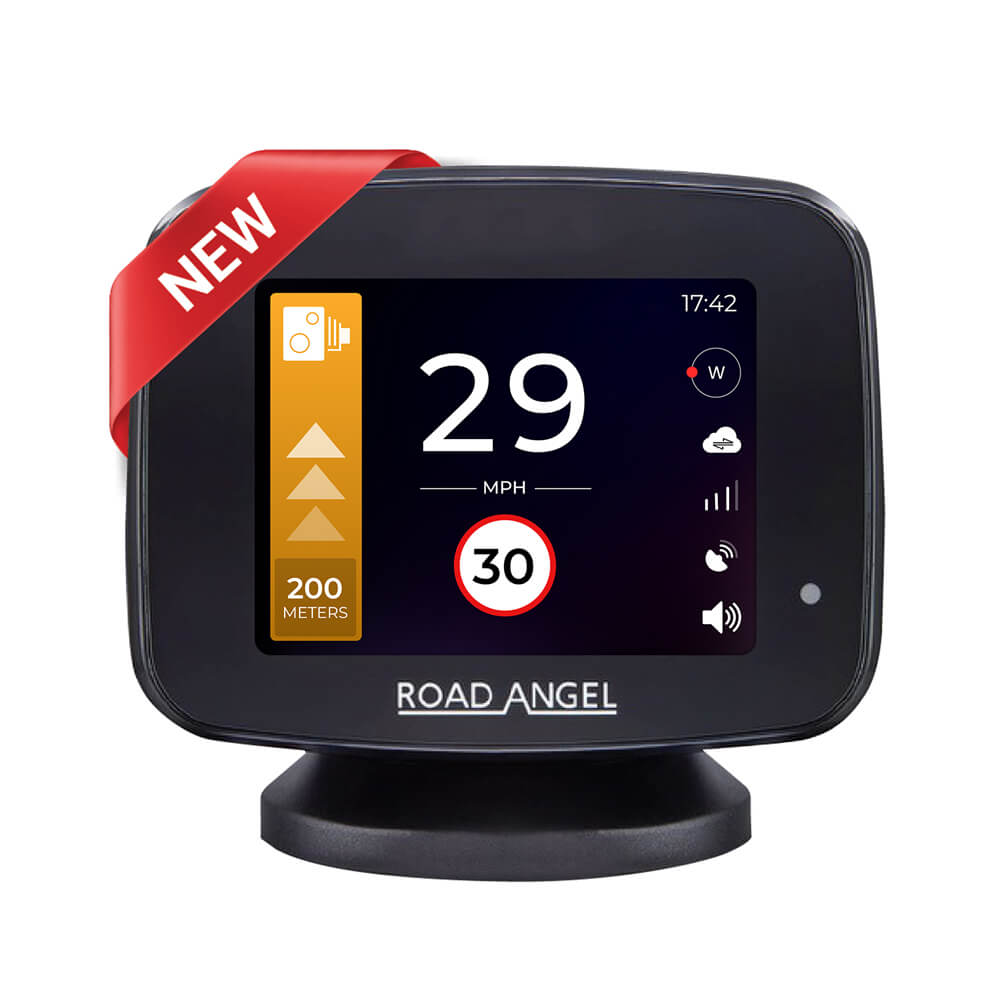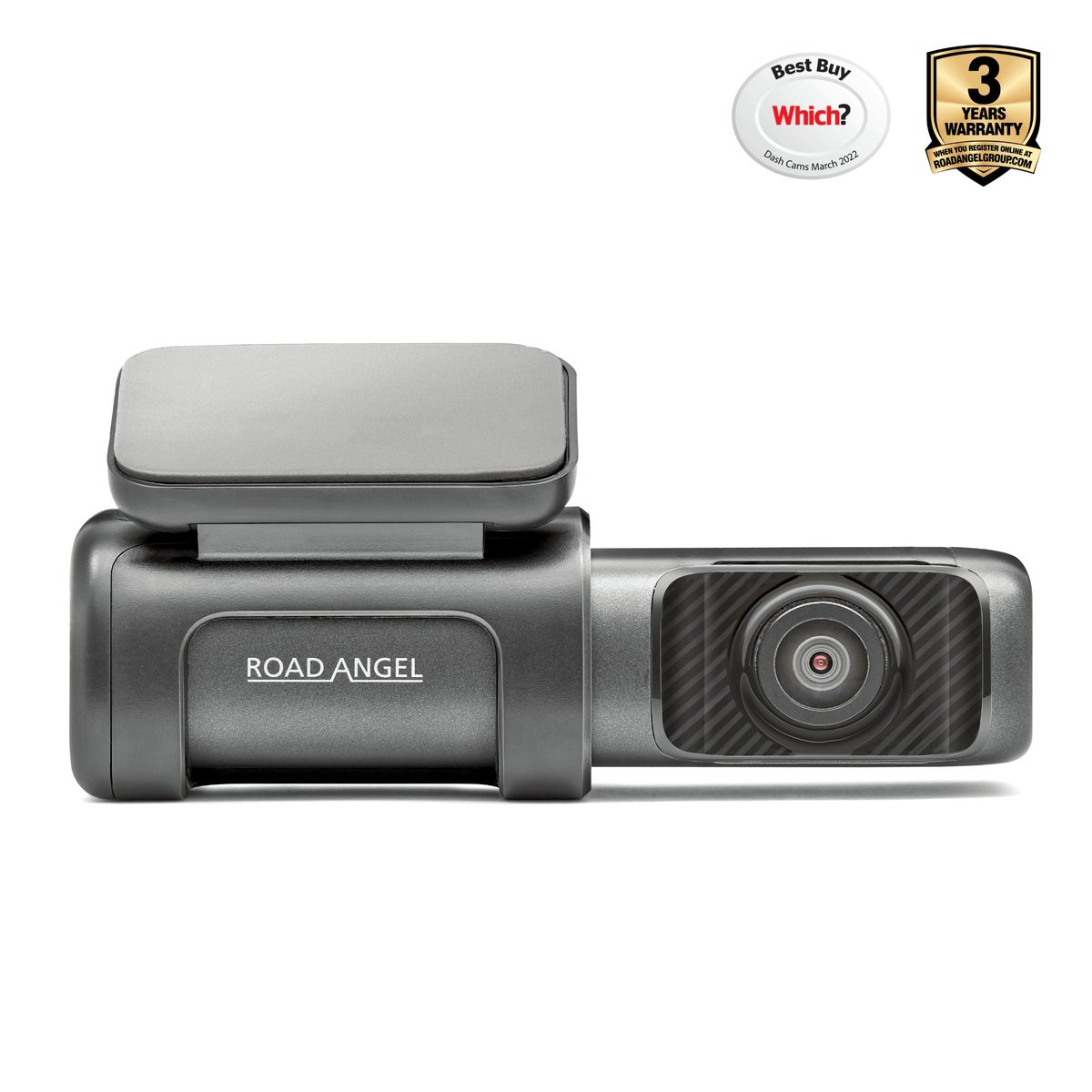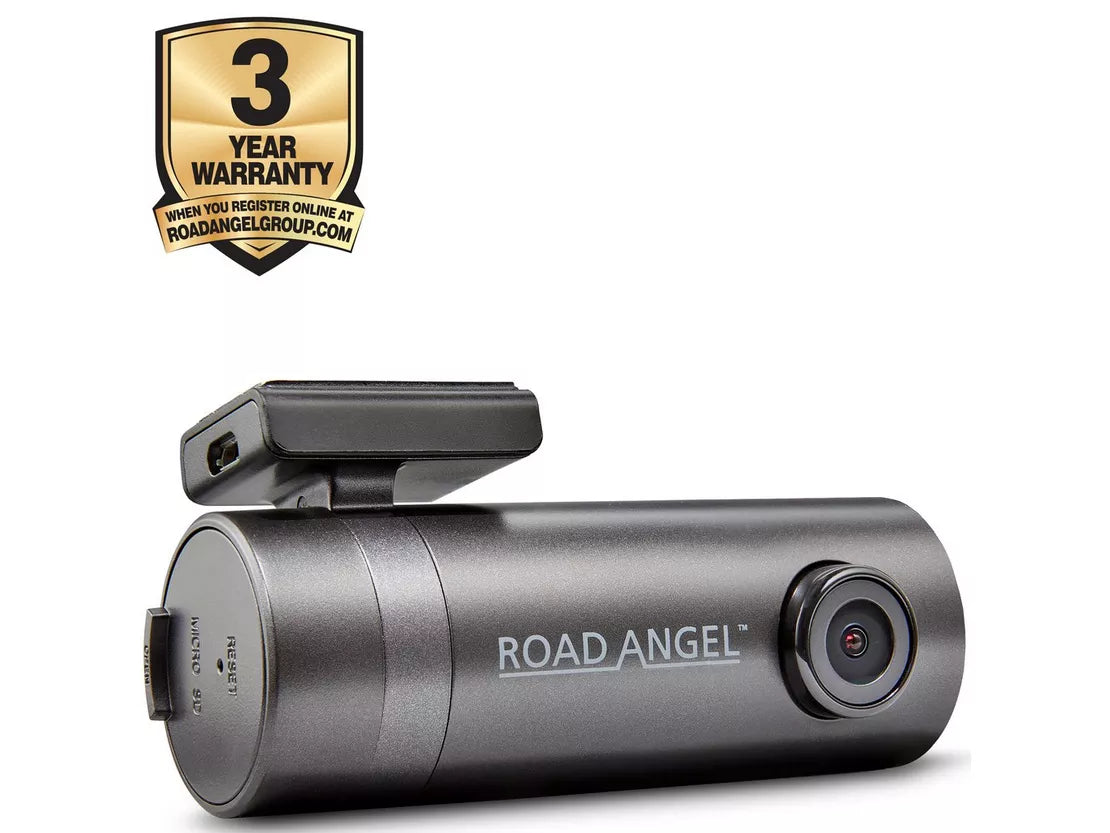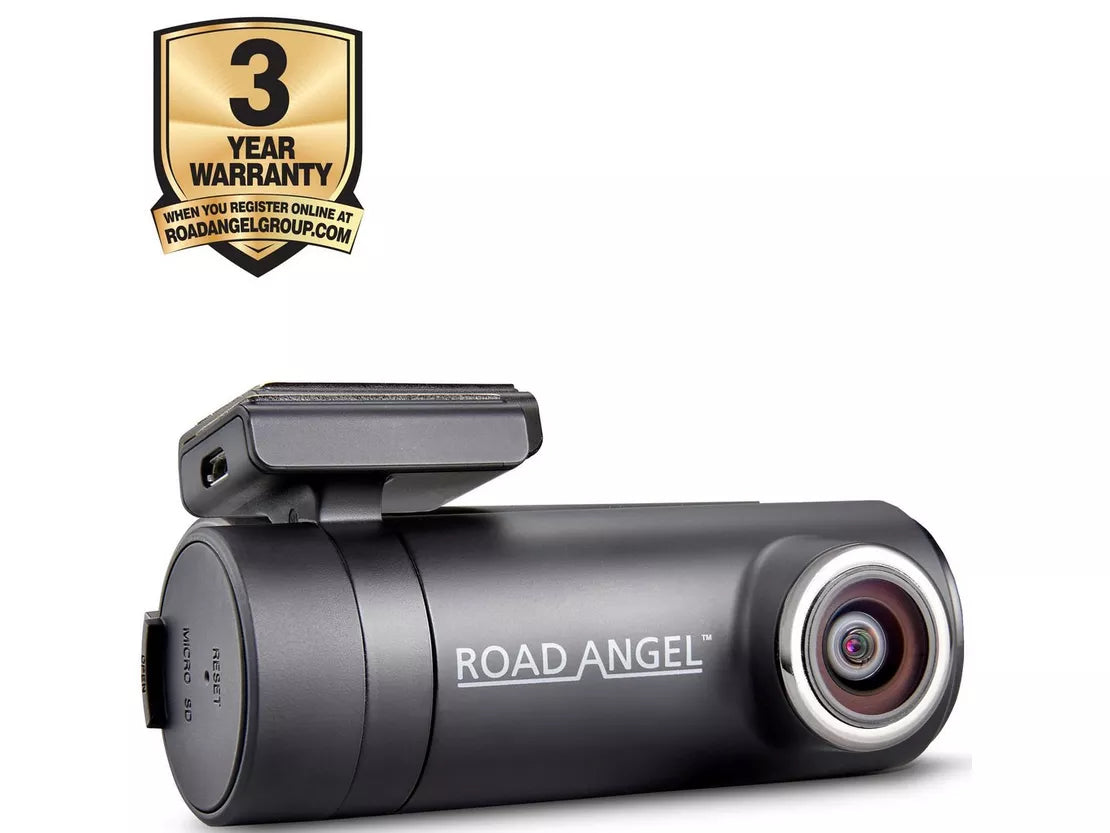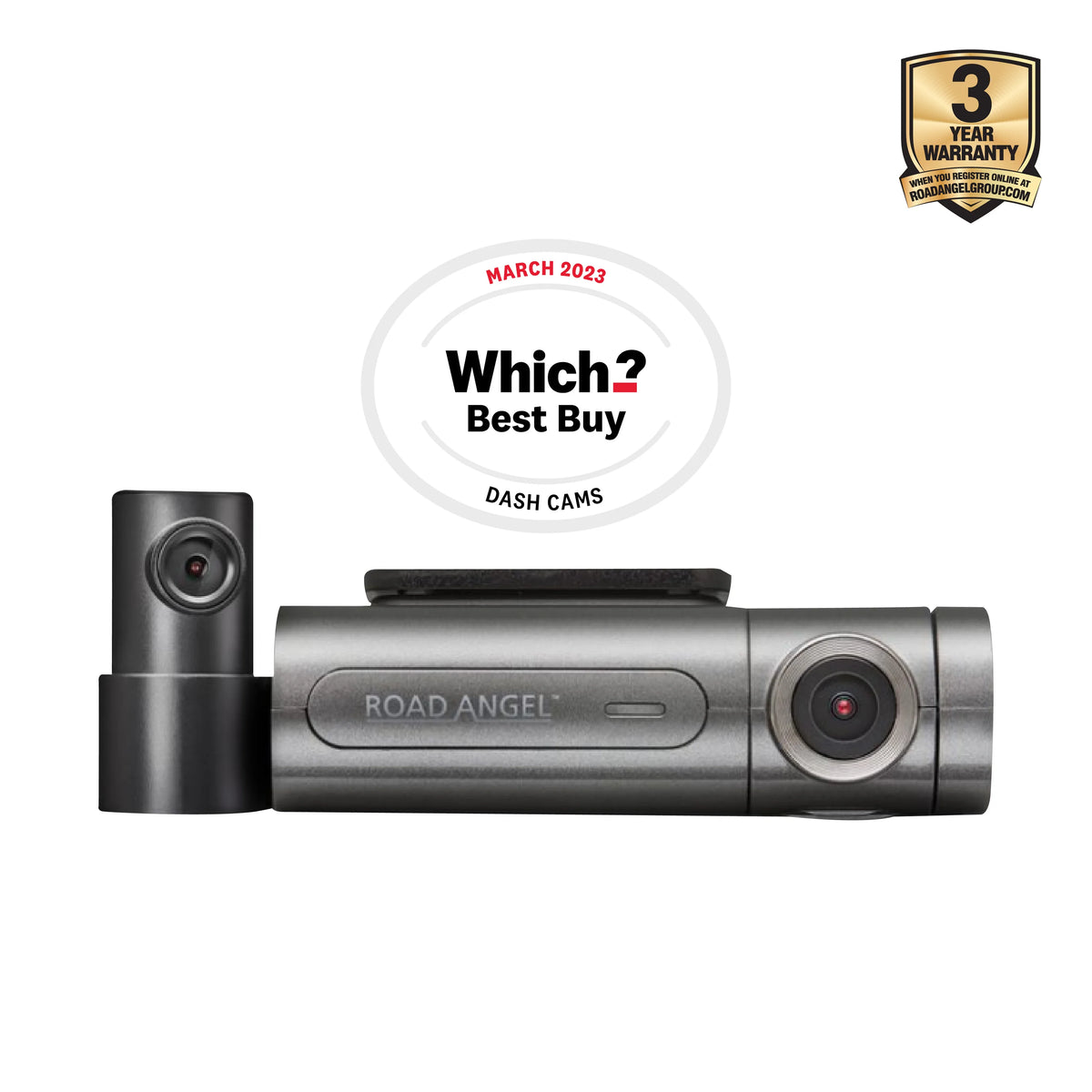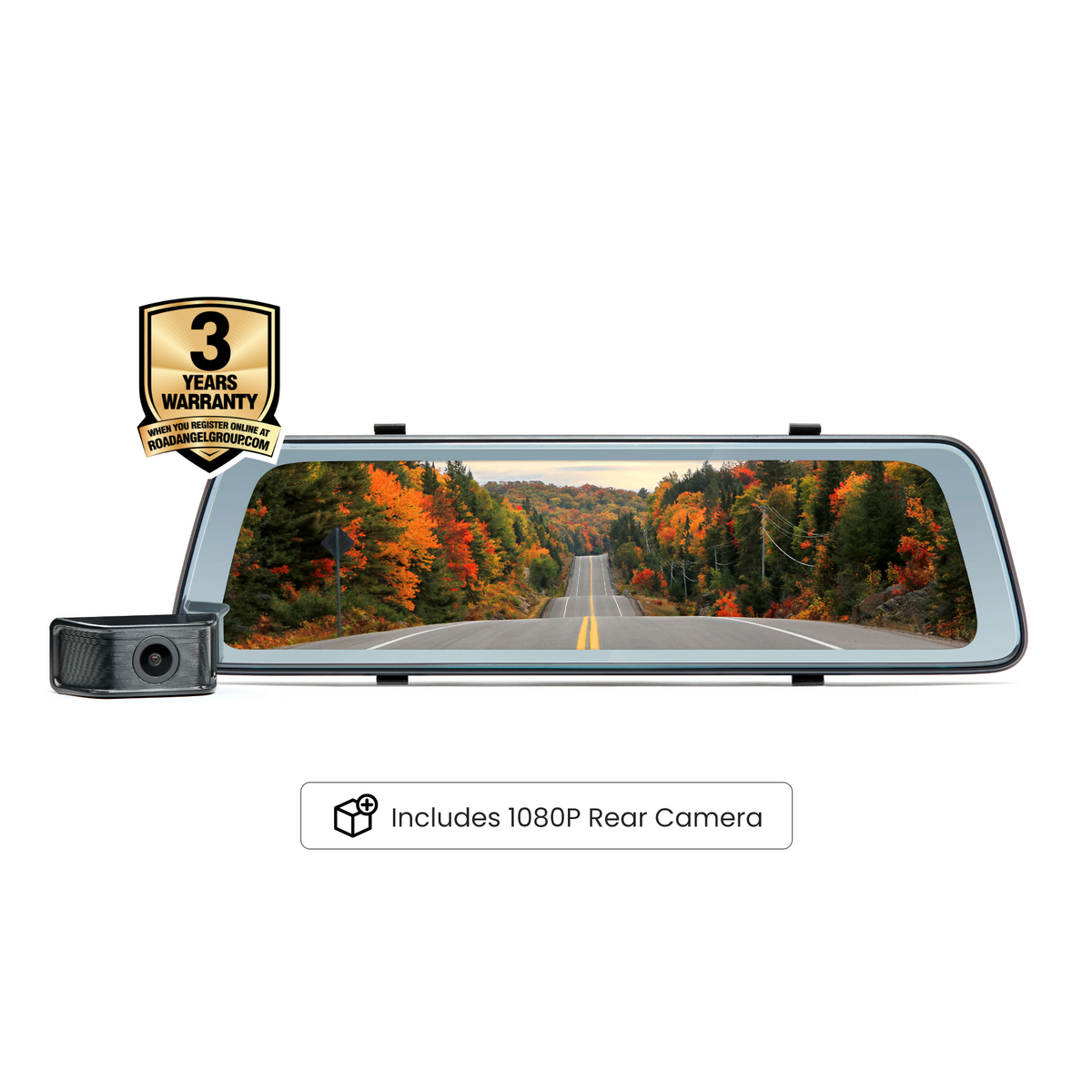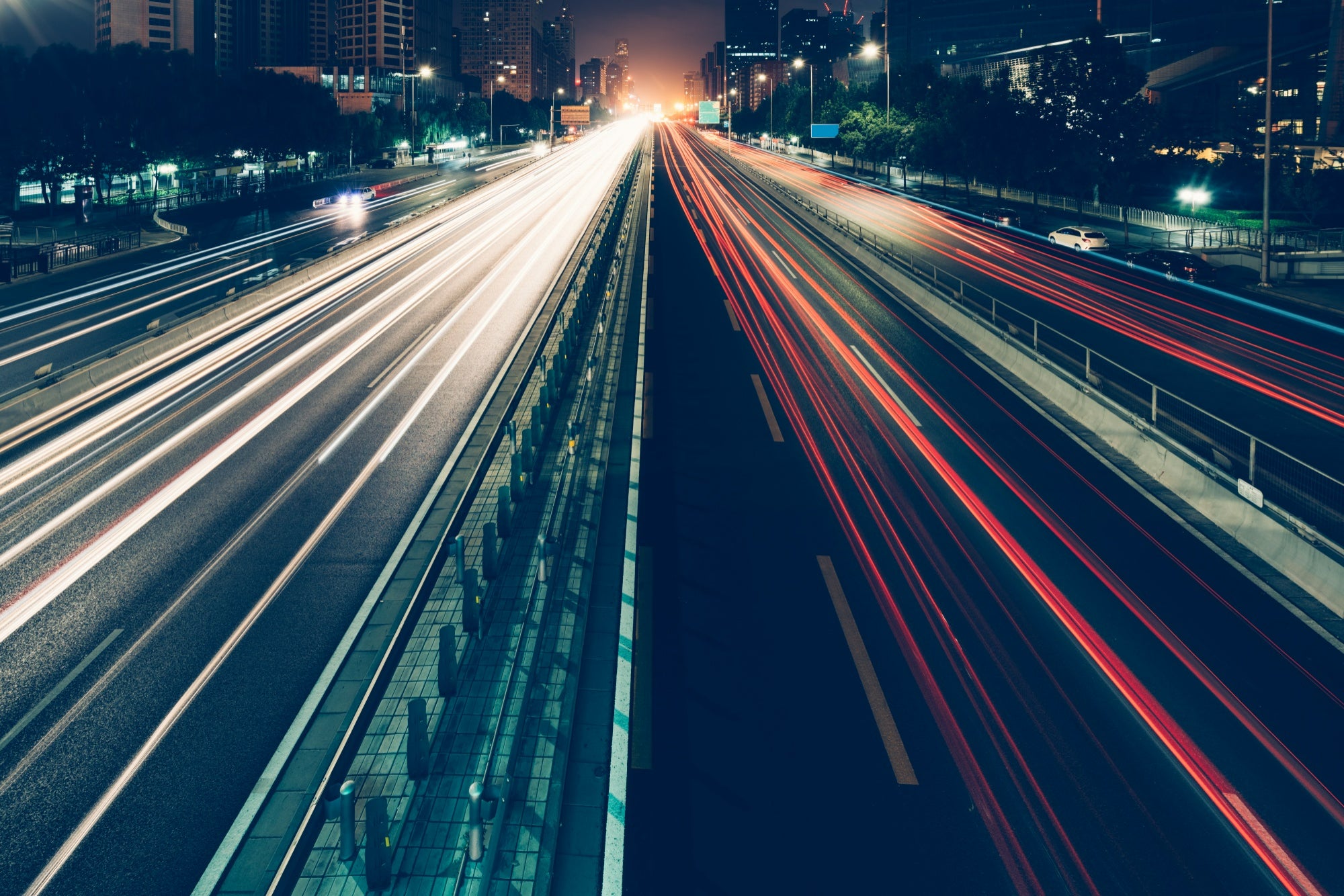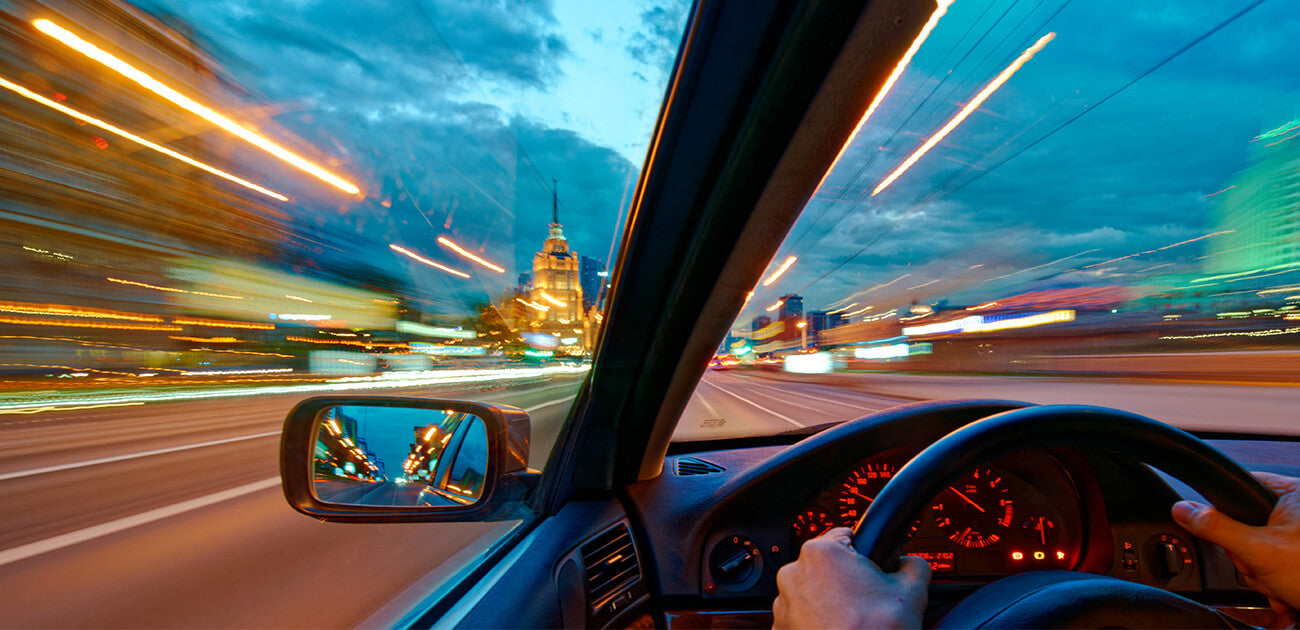Imagine you are in a convertible car. It’s the height of summer. The sunroof is down. The crisp whisper of a breeze licks your skin as you drive on a long, straight road. There are no other cars around. You look around and think this is the exact reason you enjoy driving. It’s the exhilarating rush of pride taken when you consider that this is something that humans, in our ingenuity, have created. It’s the refreshing calm that warms your insides at the unbridled pleasure of this activity. It's the sense that this is the epitome of freedom.
Reflecting upon this, you can’t help but think that life is great.
Or it was until you suddenly saw a contraption with a big eye shortly ahead of you. It certainly isn’t human. Nor is it anything organic. No. You have seen this at various points when you have driven in the past: it’s a speed camera. Your instant reaction is to feel a sense of annoyance because this has caught you travelling at speeds beyond what you should have been travelling a few times now. Whether that is intentional or not is irrelevant, it still seems to only exist to catch you out. At least that was your thinking.
It's a common cynical view that speed cameras are used to simply provide a revenue stream to “them” (the anonymous entity that we deem “the establishment”), but speed cameras are not necessarily intended for this purpose. They are there to nudge us into slowing down. In other words, they are intended as a road safety measure. For instance, the presence of speed cameras (fixed and mobile) is associated with an average [1]:
- 7% reduction in speed.
- 57% reduction in vehicles exceeding the speed limit.
- 19% reduction in overall incidents on the road.
- 18% reduction in slight injuries related to incidents on the road.
- 21% reduction in severe or fatal injuries related to incidents on the road.
This safety effect becomes even greater when speed cameras are near each other, such as within a radius of 200m (21.4% reduction in injuries) and 300m (13.2% reductions in injuries) [2]. Knowing where speed cameras are and acting accordingly really does make our roads safer. Not only that, but recent research that we conducted here at Road Angel indicates that our devices lead to fewer speeding tickets being received. What this means is that using our devices are arguably making the roads safer whilst also making you more aware of your speed, potentially making you a more conscientious driver than you otherwise would have been.
It’s a win-win situation.
So next time you see a speed camera, don’t think of it as a hostile beast to be weary of. It’s there to help us drive more safely. It’s there to make our roads less risky. It’s there for the benefit of us all.
Reference:
[1] Steinbach, R., Perkins, C., Edwards, P., Beecher, D., & Roberts, I. (2016). Speed Cameras to Reduce Speeding Traffic and Road Traffic Injuries. (What Works: Crime reduction systematic review series No 8).
[2] Li, H., Zhu, M., Graham, D. J., & Zhang, Y. (2020). Are multiple speed cameras more effective than a single one? Causal analysis of the safety impacts of multiple speed cameras. Accident Analysis & Prevention, 139, 105488.






